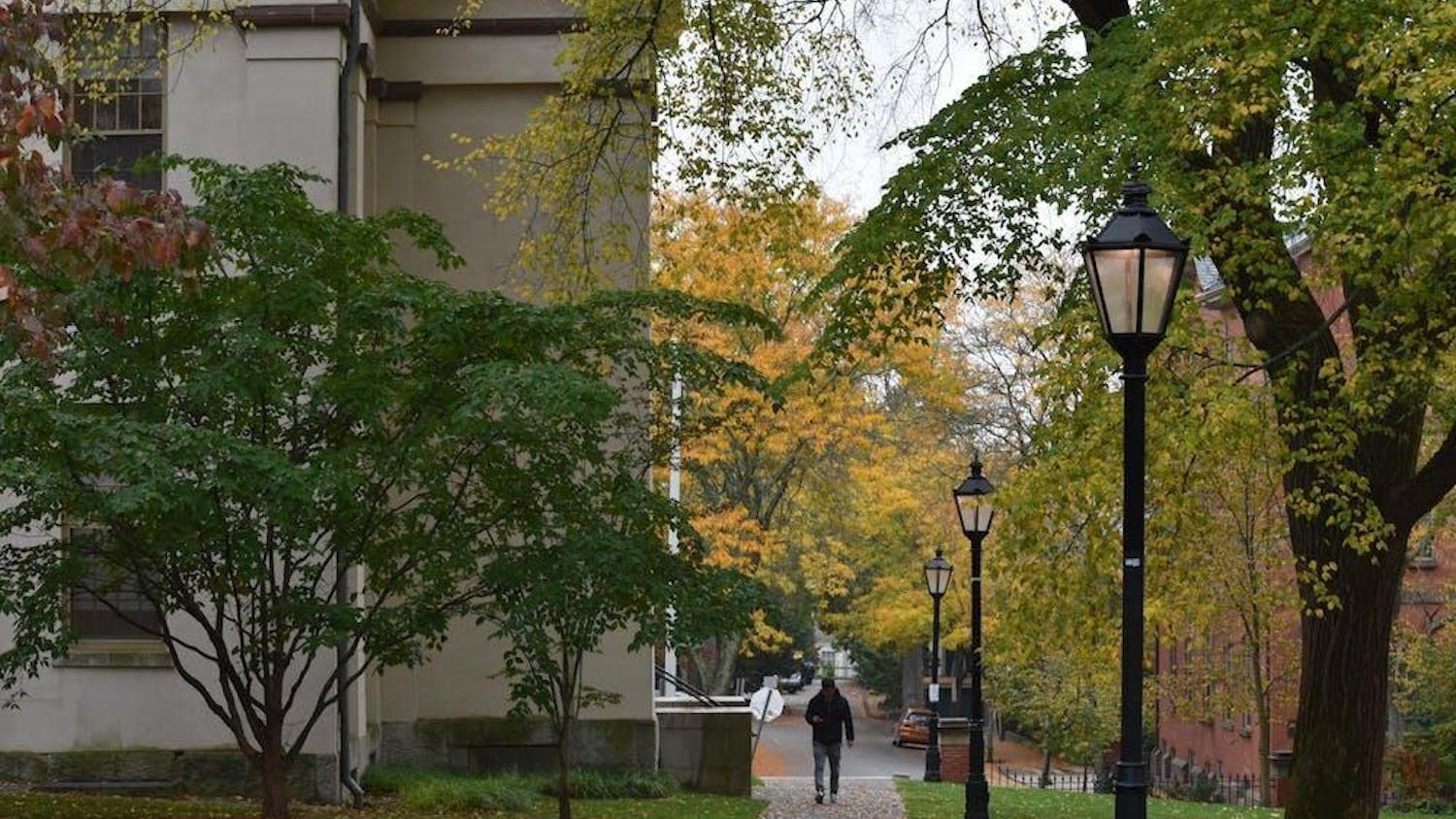Professor of Geological Sciences Peter Schultz has a lot of luck with comets. Just 49 years ago, he convinced a girl to stay up until 3 a.m. to watch a meteor shower — this girl became his wife. And this past Valentine's Day, he came up close and personal with a comet he has been researching since 2005.
The comet's name is Tempel 1, and the NASA mission is called Stardust-NExT. The spacecraft Stardust flew by Tempel 1 Feb. 14, getting a glimpse of the comet's surface and revealing a side researchers had never before seen. "I'm ecstatic," Schultz said.
Schultz works with other researchers from Cornell and the University of Washington to study the composition of comets. In 2005, their mission Deep Impact was the first to get an inside look at a comet, providing information about the appearance of its surfaces and composition. Before Deep Impact, comets had only been seen from a far distance. This initial mission cost $330 million. In comparison, Stardust-NExT was cheap, totaling just $29 million.
The night Stardust-NExT flew by Tempel 1 was full of tension, Schultz said. "It was like finals here at Brown."
Researchers were expecting to receive five images immediately after the spacecraft passed by the comet, around 10 p.m. But as they waited tensely in mission control in the jet propulsion laboratory in Pasadena, Calif., the images never came. Schultz went to bed.
After a restless night, he awoke to a surprise — the images had not only appeared, but successfully captured all the researchers had hoped to see.
Comets consist of a head — the bright spot visible to the human eye and surrounded by an envelope of dust and gas called a coma — and a tail, which extends tremendous distances. Made of ice and dust, they differ from rocky asteroids. Comets are "the closest thing to nothing that anything can be and still be something," Schultz said.
At the center of a comet's coma is the solid nucleus — four miles across in Tempel 1.
In the Deep Impact mission, a probe was released into the nucleus of Tempel 1, creating a massive explosion. The spacecraft measured the composition of the ejecta to get a look inside a comet. But because there was so much ejecta obscuring their view, the researchers were unable to see the crater created by the impact.
One of the goals of this year's Valentine's Day mission was to see the site of the 2005 impact. The researchers were curious about the size of the crater, which turned out to be much smaller than they expected. Schultz hypothesizes that the crater "healed itself." He compared the probe's impact to throwing a rock into snow. "We may have hit a spot that was pretty soft," Schultz explained.
The main purpose of Stardust-NExT was to see what the other side of Tempel 1 looked like, since the first mission had been unable to image the entire comet. The researchers found that the comet was covered with other craters, indicating a history of impacts, as well as smooth and layered areas, which suggest Tempel 1 may be the result of two comets colliding. The pictures collected by Stardust-NExT complete the picture of Tempel 1, the first comet of which all sides have been seen.
Comets are leftovers of the early solar system, Schultz said. Some researchers think that comets brought the organic compounds that are the building blocks of life to Earth. "We could be reassembled pieces of a comet," Schultz said, laughing.
Other theories hypothesize that oceans were formed when comets containing water collided with the Earth. Though this individual mission may not answer all the questions scientists have about the origin of Earth, its findings are significant. Before, comets were just astronomical objects, Schultz said. But now, having seen below the surface, scientists have a lot more questions to answer.




